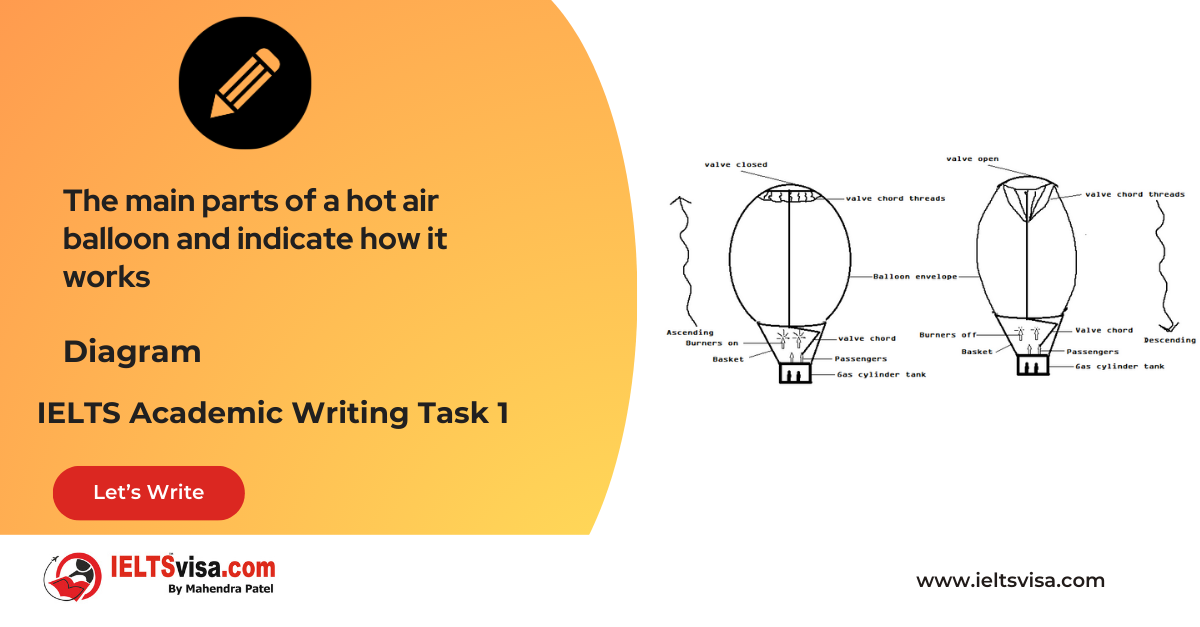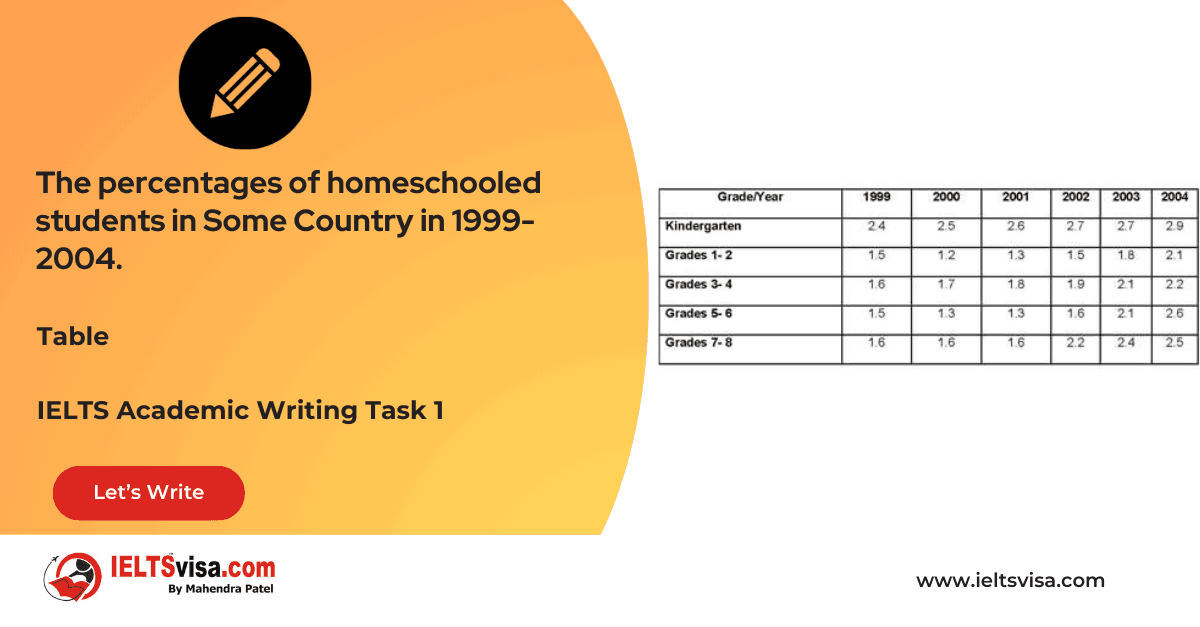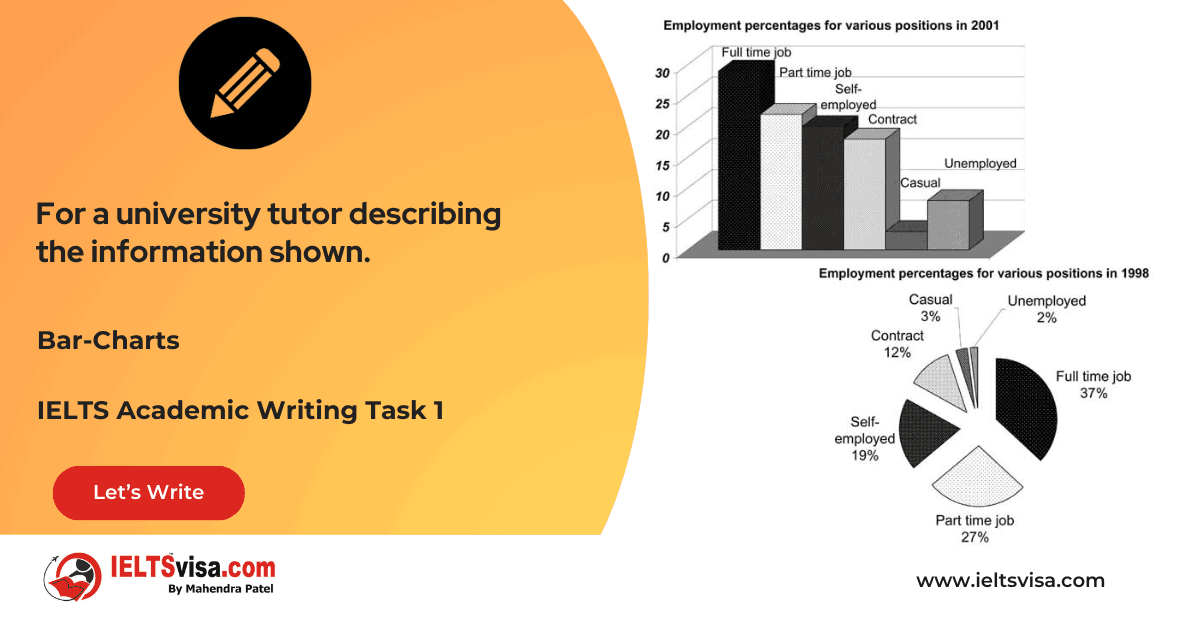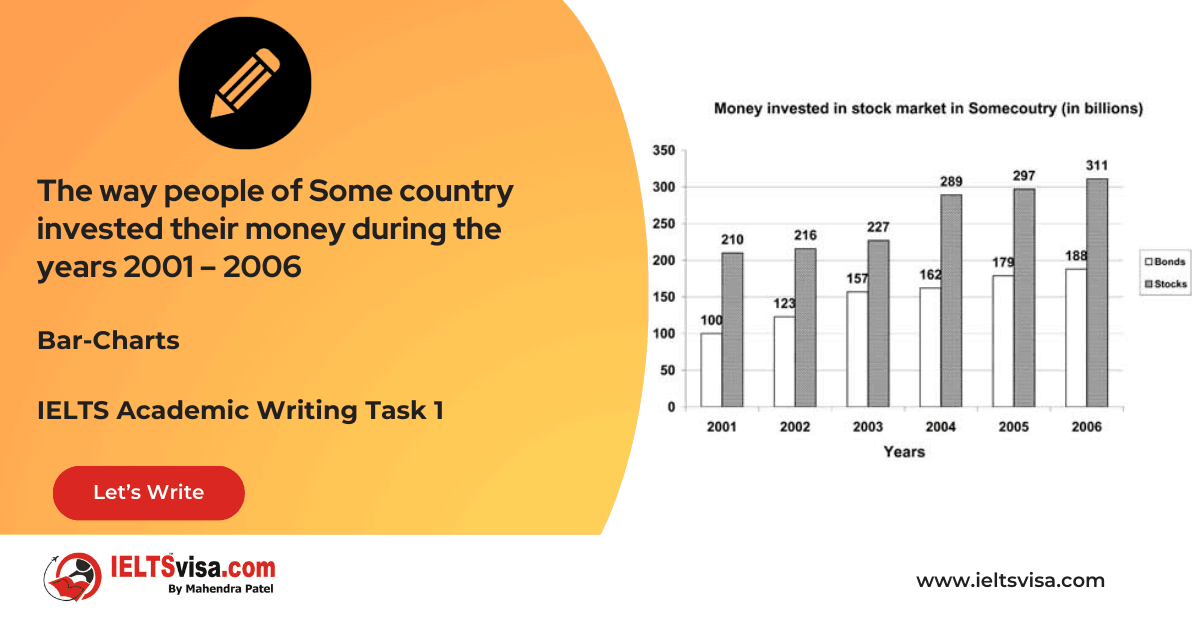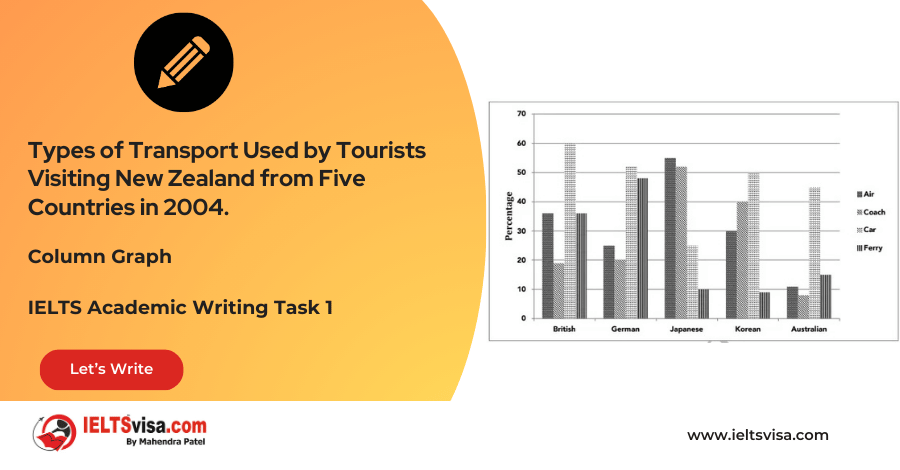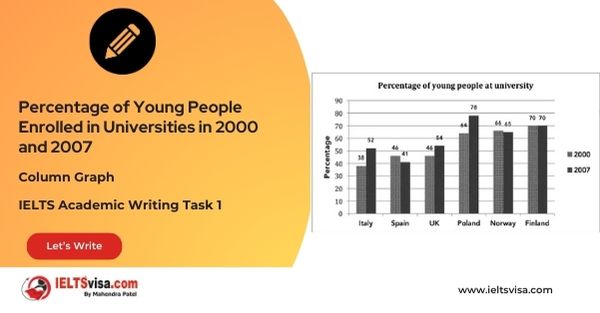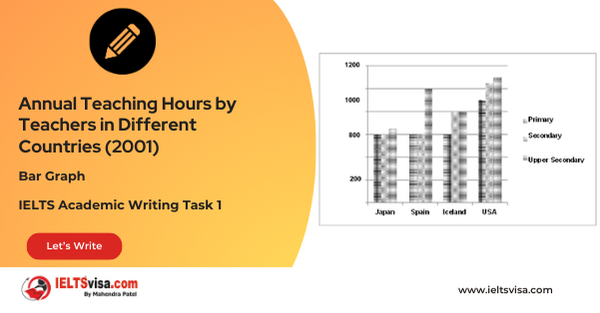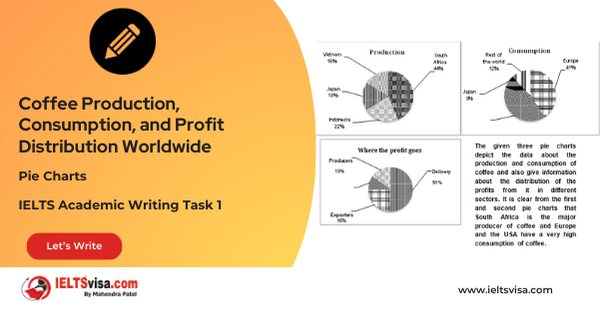Commenting on the Data in a Graph
Lexical Resource & Grammatical Range and AccuracyIELTS Academic Writing Task 1
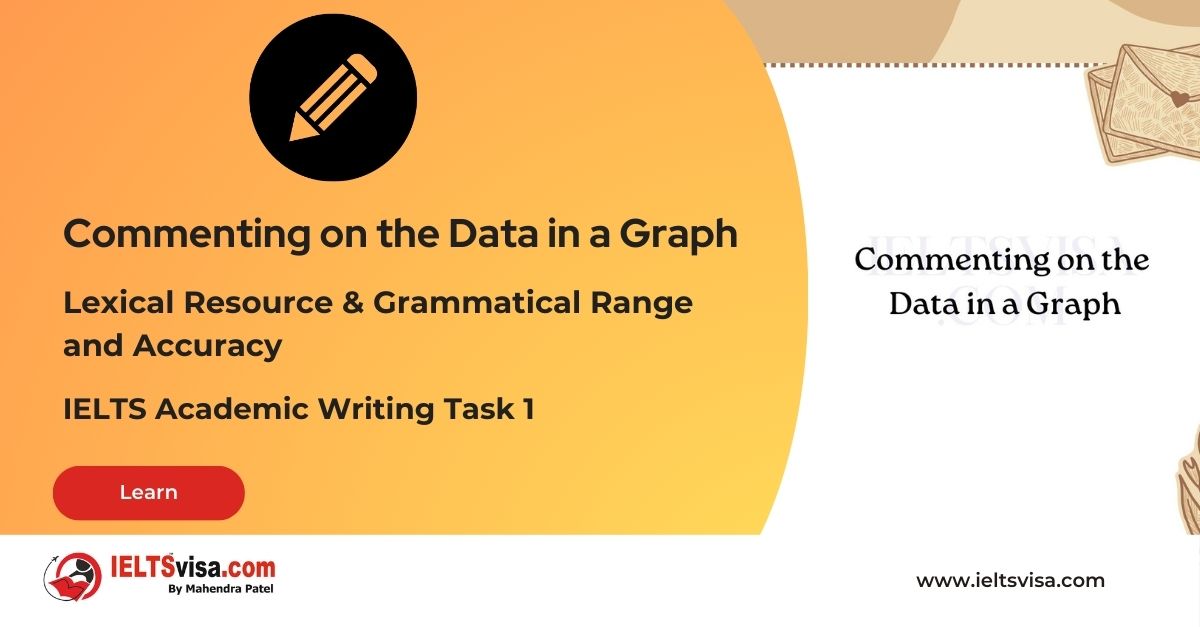
In the IELTS Academic Writing Task 1, effectively commenting on the data presented in a graph is essential for demonstrating a strong command of Lexical Resource and Grammatical Range and Accuracy. This task requires you to describe and interpret visual information, such as graphs, charts, and diagrams, and provide insightful comments on the trends, patterns, and significant points.
You can effectively analyse and comment on the data by using appropriate vocabulary, phrases, and sentence structures, showcasing your language proficiency and enhancing your overall performance. In this article, we will explore the importance of commenting on the data in Task 1, accompanied by examples and answers to help you excel.
1. Start with an Introduction:
Begin your analysis by providing an introductory statement that captures the main points and trends observed in the graph. Here are some phrases you can use:
a. The graph/chart/diagram illustrates/shows/displays:
Example: The graph illustrates the changes in population growth rates in different countries over a period of 20 years.
b. It can be observed/noted that:
Example: It can be noted that there was a significant increase in global temperatures from 1980 to 2020.
c. The data presents/provides an overview of:
Example: The data provides an overview of the energy consumption patterns in various sectors of the economy.
2. Identify Key Trends and Patterns:
Comment on the significant trends, patterns, or fluctuations observed in the data. Use appropriate vocabulary and phrases to describe these changes. Here are some examples:
a. There was a gradual/incremental/decreasing/increasing trend in:
Example: There was a gradual increase in the number of smartphone users from 2010 to 2020.
b. The data reveals a significant rise/fall in:
Example: The data reveals a significant fall in the unemployment rate during the first quarter of the year.
c. A notable pattern emerges in the form of:
Example: A notable pattern emerges in the form of a cyclical fluctuation in commodity prices.
3. Provide Explanations and Analysis:
Offer explanations or analyses to support your comments on the data. Use appropriate vocabulary and phrases to describe causes, effects, or contributing factors. Here are some examples:
a. This can be attributed to/due to the fact that:
Example: This can be attributed to the implementation of stricter environmental regulations.
b. The rise/fall can be explained by the influence of:
Example: The fall can be explained by the influence of economic downturn and reduced consumer spending.
c. The increase/decrease can be attributed to several factors, such as:
Example: The increase can be attributed to several factors, such as technological advancements and increased accessibility.
Example Answer:
Original Sentence: The number of tourists visiting the country increased significantly.
Revised Sentence: The number of tourists visiting the country increased significantly, which can be attributed to the government’s efforts to promote tourism and improve infrastructure.
In the revised sentence, an explanation is provided to support the comment on the increase in tourist numbers.
In conclusion, commenting on the data in a graph is a crucial aspect of IELTS Academic Writing Task 1. By using appropriate vocabulary, phrases, and sentence structures, you can effectively analyse and provide insightful comments on the data’s trends, patterns, and significant points. With consistent practice and attention to detail, you will excel in Task 1 and achieve success in your IELTS examination.




Our Books
Master IELTS Speaking Part 1
IELTS Writing Task 1 Book
IELTS Writing Task 2 Book
Practice IELTS Other Modules
IELTS Listening
The IELTS Listening test assesses how well you can understand spoken English in various contexts. It lasts about 30 minutes and is divided into four sections with a total of 40 questions. The listening tasks become increasingly difficult as the test progresses.
IELTS Academic Reading
The IELTS Academic Reading section assesses your ability to understand and interpret a variety of texts in academic settings. It is designed to evaluate a range of reading skills, including skimming for gist, reading for main ideas, reading for detail, understanding inferences, and recognizing a writer's opinions and arguments.
IELTS Speaking
The IELTS Speaking test assesses your ability to communicate in English on everyday topics. It lasts 11-14 minutes and consists of three parts: introduction, cue card, and a discussion based on the cue card topic.
IELTS General Reading
IELTS General Reading tests your ability to understand and interpret various types of texts. Here are some key areas and types of content you can expect to encounter in the reading section, along with tips for effective preparation.
IELTS Academic Writing Task 1
In IELTS Academic Writing Task 1, you are presented with a visual representation of information, such as graphs, charts, tables, or diagrams, and you are required to summarize, compare, or explain the data in your own words.
IELTS General Writing Task 1
In IELTS General Writing Task 1, you are required to write a letter based on a given situation. The letter can be formal, semi-formal, or informal, depending on the prompt. Here’s a breakdown of the key components to include in your letter
IELTS Academic Writing Task 2
In IELTS Academic Writing Task 2, you are required to write an essay in response to a question or topic. Here’s a guide to help you understand the essential elements of this task
IELTS Exam Tips
To succeed in the IELTS exam, practice regularly, familiarize yourself with the test format, improve your vocabulary, develop time management skills, and take mock tests to build confidence.
Grammer for IELTS
Grammar is the foundation of effective communication in English. Understanding tense usage, subject-verb agreement, and sentence structure enhances clarity and coherence in writing and speaking.
Vocabulary for IELTS
Vocabulary plays a crucial role in the IELTS (International English Language Testing System) exam, especially in the Speaking and Writing sections. Here’s an overview of why vocabulary is important and how it impacts your performance
RECENT IELTS SAMPLES QUESTIONS AND ANSWERS
Task 1 – Diagram – A conference hall built in 1981 and planned for 2020
20:00 Start Pause Stop [df_adh_heading title_infix="IELTS Writing Task 1 Question" use_divider="on"...
Task 1 – Table – The percentages of homeschooled students in Some Country in 1999-2004.
20:00 Start Pause Stop [df_adh_heading title_infix="IELTS Writing Task 1 Question" use_divider="on"...
Task 1 – Table – For a university tutor describing the information shown.
20:00 Start Pause Stop [df_adh_heading title_infix="IELTS Writing Task 1 Question" use_divider="on"...
Task 1 – Bar-Charts – The way people of Some country invested their money during the years 2001 – 2006
20:00 Start Pause Stop [df_adh_heading title_infix="IELTS Writing Task 1 Question" use_divider="on"...
Task 1 – Diagram – Rainwater Harvesting and Conversion to Drinking Water in an Australian Town.
20:00 Start Pause Stop [df_adh_heading title_infix="IELTS Writing Task 1 Question" use_divider="on"...
Task 1 – Column graph – Percentage of Young People Enrolled in Universities in 2000 and 2007.
20:00 Start Pause Stop [df_adh_heading title_infix="IELTS Writing Task 1 Question" use_divider="on"...
Task 1 – Bar Graph – Annual Teaching Hours by Teachers in Different Countries (2001)
20:00 Start Pause Stop [df_adh_heading title_infix="IELTS Writing Task 1 Question" use_divider="on"...
Task 1 – Pie Charts – Coffee Production, Consumption, and Profit Distribution Worldwide
20:00 Start Pause Stop [df_adh_heading title_infix="IELTS Writing Task 1 Question" use_divider="on"...
Task 1 – Column graph – Types of Transport Used by Tourists Visiting New Zealand from Five Countries in 2004.
20:00 Start Pause Stop [df_adh_heading title_infix="IELTS Writing Task 1 Question" use_divider="on"...

